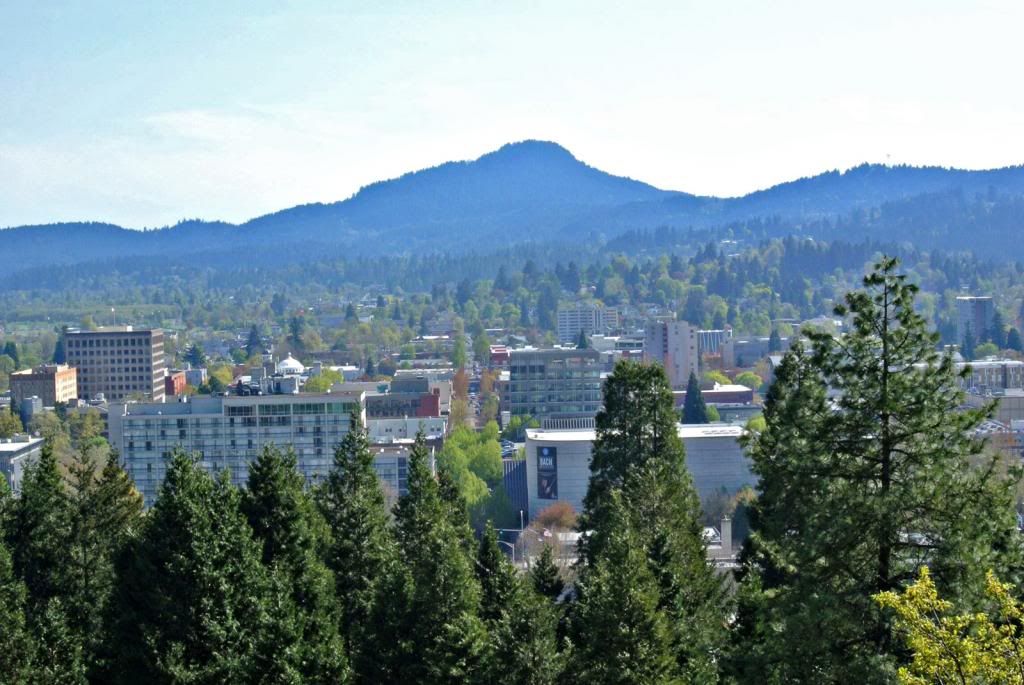Northoceanbeach
Leading Member
- Messages
- 601
- Reaction score
- 128


Beginning photographer. Four months. Nikon j1.
Im im primarily shooting landscapes. This was a beautiful day. Three hours past the suns peak. To my eye the sky was a pretty good blue, but the photos have a white haze.
the sun was 50-90 degrees to my right. Some of my shots had a circular polarizer, some had a lens hood. All have This haze.
and and today is not the first time. I often see a blue sky and get haze. Here are two unedited examples from today. It's ruining my pictures though.

